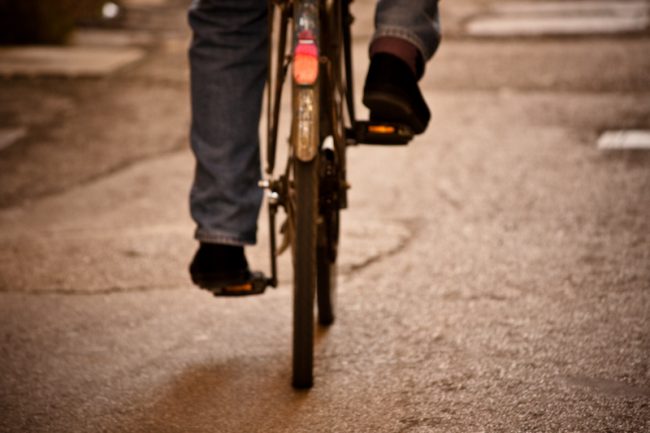Understanding and analyzing the dynamics of the pedal is important to know which muscles are involved in the movement and to what extent. It’s necessary to prevent driving-related problems and to make the athletic gesture more effective.
The pedal is divided into 4 phases, imagining the circumference described by the pedal can be divided as follows:
– In phase 1 (pedal from 23 to 19), much of the physical force of the cyclist is released. So that this energy has a real impact in terms of thrust, the pedal must remain horizontal throughout the duration of the movement.
In this way we also manage to safeguard the muscles and tendons involved.
– In phase 2 (pedal from 19 to 17), the pedal tilts forward to deal with phase 3, this is called the transition phase because we move from a pushing job to a traction.
-In phase 3 (pedal from 17 to 13), the right foot return on top because the other foot, the left, is in phase 1, so is pushing. This phase is called traction or “dynamic climb”.
– In phase 4 (pedal from 13 to 19), the pedal is straightened again to face the cycle from the beginning. It’s the second transition phase of the pedal.
The pedal has effects on the pedal, which describes a perfect circle, but also on the articulations of ankle, knee and hip that all described a different movement.
The ankle trajectory is equal to an ellipse, the one of the knee, in contrast to what you can think, describes an eight, as well as the hip.
Bearing in mind that the perfect pedal doesn’t exist, there are four adjustments that allow you to influence the pedaling functionality.
Positioning of the cleats: by moving back and moving forward the position of the cleats, you can move the pedal axis to the foot. The best position, according to the latest studies, is that with the pedal axis in line with the first metatarsal head of the foot.
Inclination of the cleats: it’s essential that the inclination of the cleats is subdued to the natural inclination of the ankle.
Height of saddle: height must allow the foot to keep the pedal parallel to the ground during the whole phase 1.
Position of saddle: this measurement determines the knee position compared to the pedal pivot, the best solution sees them perfectly aligned.
